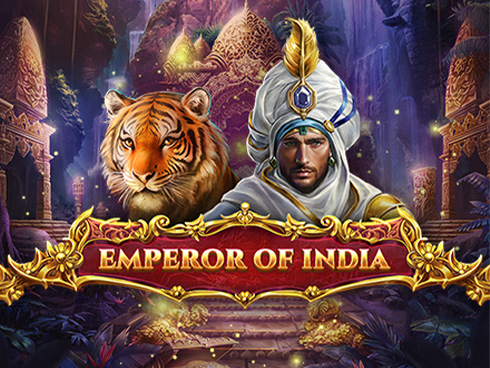Emperor of India
The title “Emperor of India” was a prestigious and symbolic position held by the British monarch from 1876 to 1947. It was established by Queen Victoria through the Royal Titles Act of 1876 to assert British sovereignty over the Indian subcontinent. As the Emperor of India, the British monarch was seen as the supreme ruler, overseeing vast territories, diverse cultures, and millions of people across the region.

Emperor of India
Although the title was mainly ceremonial, it symbolized British control over India, which was the crown jewel of the British Empire. The Empress/Emperor was represented in India by a Viceroy, who acted as the monarch’s deputy and administered the affairs of the colony. The title was last held by King George VI, who reigned until India gained independence in 1947, ending British colonial rule.
The role of the Emperor of India remains an important part of history, reflecting the dynamics of imperialism, colonialism, and the impact of British rule on India’s culture and politics. It also symbolizes the shift in power from colonial rule to an independent and sovereign India.















